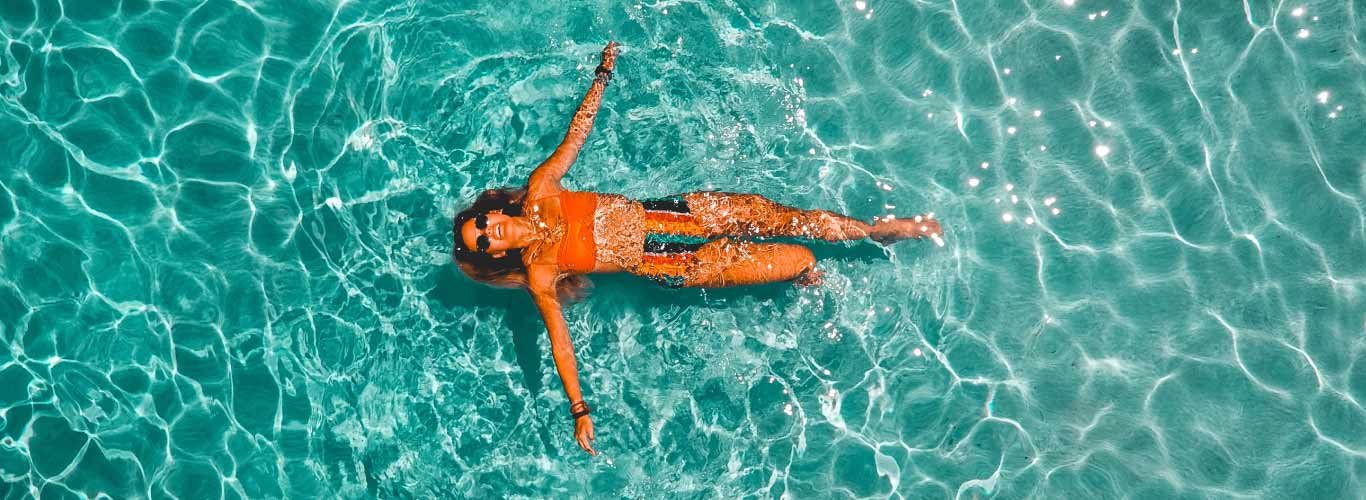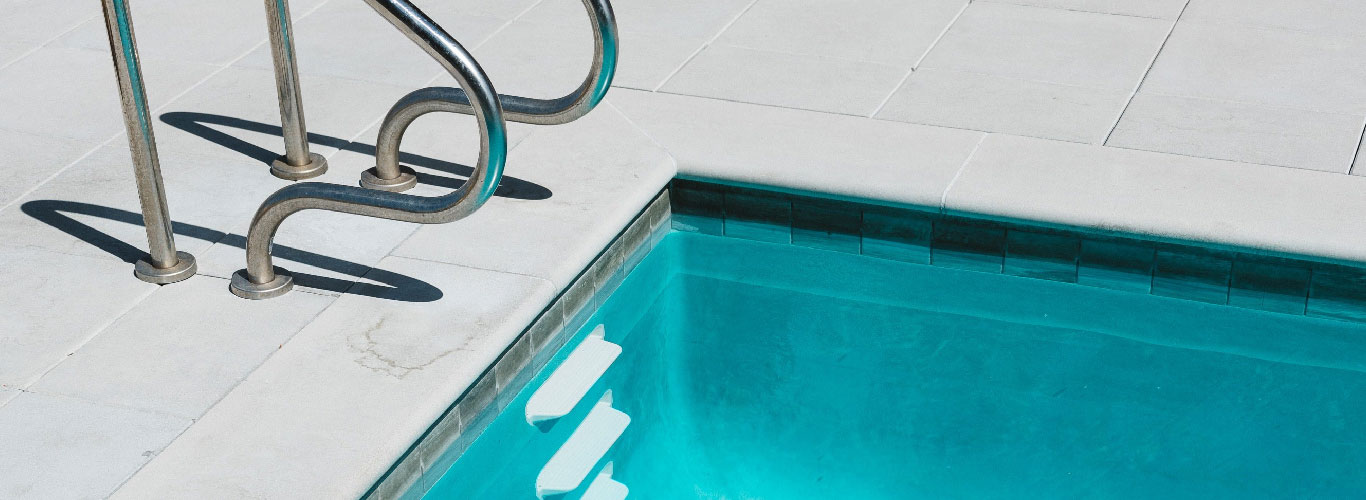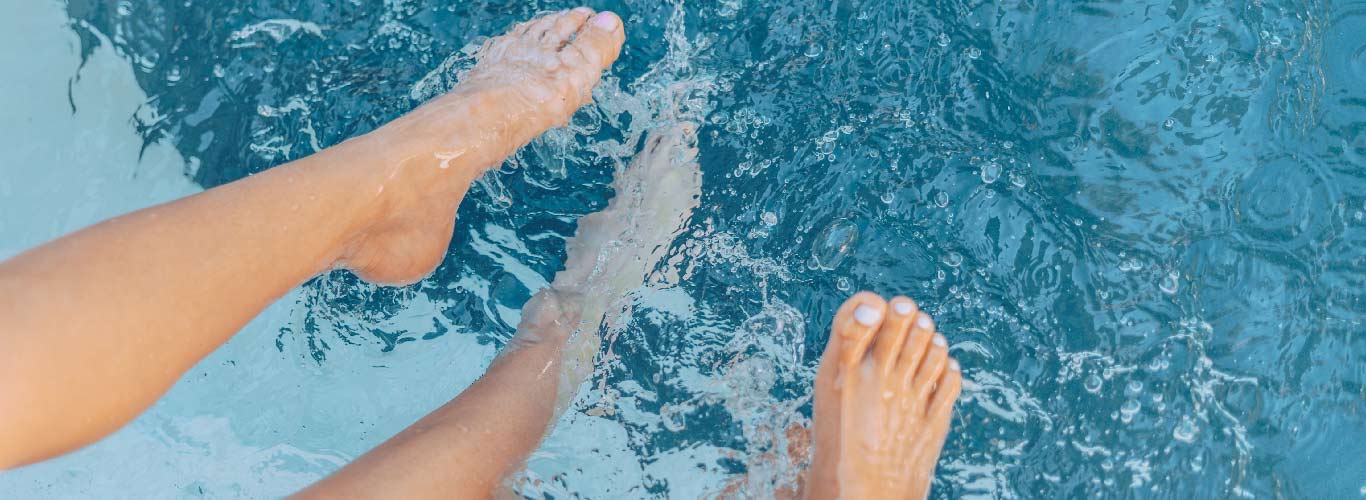In this article, we cover some basic care and maintenance tips if you own a saltwater fibreglass pool. Let’s dive in!

Many pool owners think maintaining a saltwater fibreglass pool is the same as maintaining a regular chlorine pool. This is where they go wrong. A traditional chlorine pool requires the owner to make regular chemical adjustments to the pool. On the other hand, a saltwater pool creates its chlorine through a salt chlorine generator. Needless to say, if you try to maintain these different pool types using the same methods, it could prove disastrous.
Basic Upkeep
Saltwater pools are relatively easier to take care of and not very time-consuming. Some basic chores that you must fit into your routine to keep your pool in the best shape include:
- Checking the pump and skimmer basket for debris
Ensure that there are no dirt, twigs, dry leaves or bugs that are clogging your pool’s filtration system. Remember to empty your skimmer basket regularly to remove any debris.
- Clean the pool and pool deck
Every time you step in and out of the pool, you splash saltwater on the pool floor and surrounding area. Make sure you wash it off with a hose to avoid any salt build-ups.
- Have a water-testing schedule
Your pool’s chemistry is of utmost importance for a healthy and hygienic swimming experience. It’s recommended you fix some days from your calendar to test the water chemistry of your pool. If you can’t find the time for it, make sure you connect with your local pool specialists to maintain the water chemistry levels of your pool for you.

Water Balance
Many pool owners struggle with maintaining the chemistry of their saltwater pools. However, it does not have to be so tricky. All you have to do is keep in mind the following levels:
Chlorine Level
If the chlorine level in your pool is too low, it can become a breeding ground for algae and other harmful microorganisms. Conversely, if the chlorine level of your pool is too high, it can cause skin allergies, rashes and burning in the eyes of the swimmers. The ideal chlorine level must be between 1 and 3 ppm (parts per million).
Stabilizer
The chlorine in your pool runs a risk of getting evaporated due to prolonged sun exposure. A stabilizer can slow this process and prevent the chlorine in your pool water from getting depleted. Cyanuric Acid is a great stabilizer for saltwater pools that goes nicely with chlorine and keeps your pool in good condition. The cyanuric acid level in your pool should ideally be between 40 and 60 ppm.
Alkalinity Level
If you want to keep your pool’s pH levels stabilized, the alkalinity level plays a major role in it. If the alkalinity level is too high, your pool water can become cloudy. Whereas if the alkalinity level is too low, it can cause considerable damage to the pool, including corrosion. The ideal alkalinity levels should be between 80 and 120 ppm. If you want to raise the alkalinity level, add sodium bicarbonate. To lower the alkalinity level, add sodium bisulphate or muriatic acid. Make sure you retest the water every 24 hours and raise or lower the alkalinity levels as required.
Salt Level
The ideal salinity level for most saltwater pools is around 3500 ppm. However, it can vary depending on the manufacturer, so be sure to check your owner’s manual. Salt chlorine generators need a minimum of 3000 ppm salinity level to function. So, if the salinity level of your saltwater fibreglass pool is below that, you will have to add some pool salts for it to reach the prescribed level.
pH Level
For the uninitiated, pH levels refer to how alkaline or acidic your pool water is. Ideally, the pH level should be about 7.6. Anywhere between 7.2 and 7.8 is a good range to be in. If the pool’s pH level is too high, you can add muriatic acid to bring it down. It’s best to keep an eye on the pH level as it tends to fluctuate over time.
Calcium Hardness
Maintaining the calcium hardness levels in your pool water can get tricky. If the level gets too high, it can result in scaling. If it gets too low, it may lead to corrosion. The ideal calcium hardness level should be between 200 and 400 ppm. To lower the calcium hardness level, simply dilute the water by adding fresh water and draining some of the old one out. Or, you can even use a flocculant which makes it easier to skim or vacuum out the calcium deposits.

Circulation
If the water in your fibreglass pool does not circulate properly, it could result in saltwater concentrations in pool areas that are hard to reach and clean. This is why it becomes important to ensure proper water circulation. Most irregularly-shaped pools come with salt chlorine generators, so it is easier to maintain proper pool circulation coupled with professional-level planning and additional circulation devices if needed.
You must check whether the pool water can rotate through the filters. Depending on the weather and size of your pool, most pool filtration systems run between 8 and 10 hours per day. This allows the pool water to ‘turn over’ 1 or 2 times every 24 hours.

Many pool owners invest in good salt concentration detectors that alert you in case the salt concentration levels are different in various areas of your pool. If they are, you may have to change the angles on the jets to rectify the issue.
Lastly, you may invest in a pre-filter system to reduce the maintenance of your saltwater pool. These systems use cyclonic filtration to give you clear and healthy pool water.
Conclusion
We hope this comprehensive guide helps you to manage your saltwater fibreglass pool. If the maintenance seems too overwhelming, we can take that burden off your shoulders. Feel free to get in touch with us, and we would be happy to discuss your pool requirements with you.
